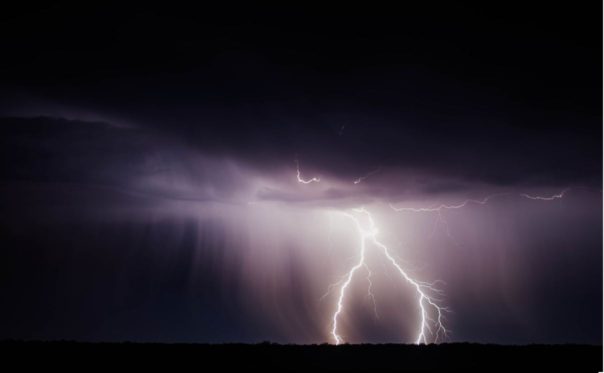The effects of Hurricane Irma recently gusted through Charlotte and Raleigh, North Carolina, with winds damaging trees, roofs, power lines and more throughout the state. Because of the number of times that wind storms, including hurricanes, have damaged structures, roofing organizations and manufacturers have focused on creating solutions to protect homes, offices and other places of business.
The Asphalt Roofing Manufacturers Association (ARMA) is one of those organizations that decided to take a leading role in establishing wind resistance standards, developing them through a 14-year process of research, which included wind tunnel testing. This system was initially developed about a dozen years ago, and developers took a couple of crucial factors into account.
The first factor considered in the establishment of standards was the wind zone location of the building that needs a new roof. Most buildings in the continental United States are included in a classification where the maximum average wind speeds are 90 miles per hour. This is not universally true, though, as some regions – coastal and island – may have wind zone designations of up to 120 miles per hour, with others being 150 miles per hour. Wind zone information can be obtained from building code enforcement offices for a particular town, city or county.

The second factor used in establishing standards was the classification of the shingles themselves, so that the appropriate shingle selection could be made for the wind zone where a building is located. A third factor: proper installment of the shingles, following manufacturer standards for the number, type and placement of nails.
The goal of these standards was – and is – to help protect the roofs of structures everywhere from wind damage, ranging from more typical storms and winter weather with high winds, all the way up to hurricanes.
RoofingContractor.com believes that roof wind ratings will continue to evolve, with standards being strengthened to provide even more protection. The writer of the article also believes that hail ratings will become mandatory for virtually every roofing system.
Owens Corning Wind Resistant Technology
Owens Corning provides the latest in durability with its SureNail Technology built into every Duration Series shingle. This technology provides exceptional wind resistance, helping to deliver 130 mile per hour warranty performance with fewer nails, thanks to the inclusion of a unique fabric strip located in the nailing area of each Duration Series shingle. By watching this short video, you can literally see the difference:
This unique technology is patented by Owens Corning, with its break-through design that is tough-engineered to create a strong fastener zone. The woven fabric used has a triple layer of reinforcement in the common bond area, which is where the fabric overlays two layers of shingles. In addition, the SureNail technology can be used in tandem with True-Bond® sealant for even greater grip.
Charlotte and Raleigh Roofing Contractors of Choice
Camden Roofing & Construction is an Owens Corning Platinum Preferred Contractor, which means we can provide extended warranties backed by Owens Corning. Our roofing contractors provide superior craftsmanship and excellent customer service, and we know what roofing materials work best in North Carolina – which includes deep industry knowledge about roof shingles’ wind rating.
We are also an accredited member of the BBB with an “A” rating, and we have significant experience in installing new roofs on buildings much like yours. Contact us online to discuss what roof shingles make sense to protect your home or business. Or call us at 704-858-2141.
Images by UnSplash.com (Brandon Morgan and Chuttersnap)





